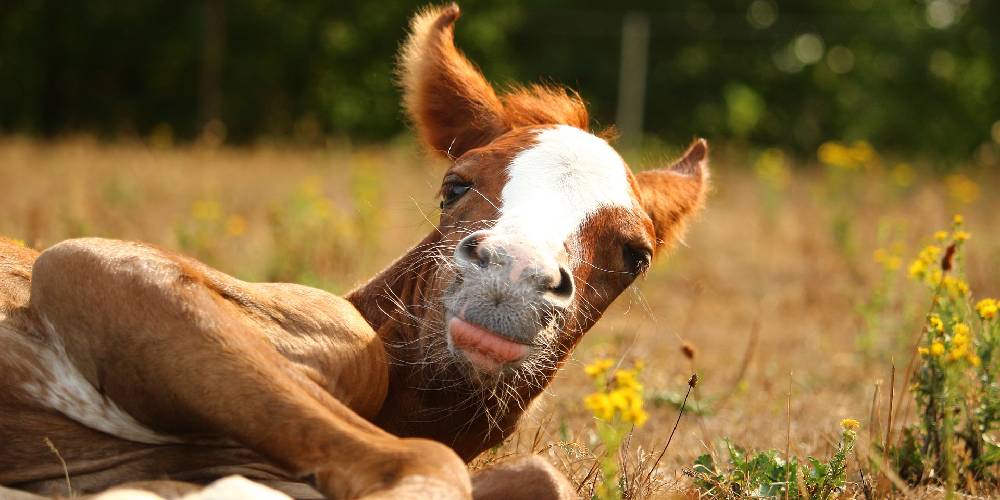There are different names for baby horses including foals, colts, fillies, and yearlings. But what’s the difference? How can you tell them apart?
What Is A Baby Horse Called?
A baby horse under the age of one year is called a foal. Foals can be also called colts or fillies; colt is a term for a male foal and filly is a term for a female foal. Sometimes, foals who are still nursing are called ‘sucklings.’ Horses can be called a colt or a filly up until the age of 3. After that, they are called Mare (female) or Stallion (male) (gelding if the male has been castrated).
Colt
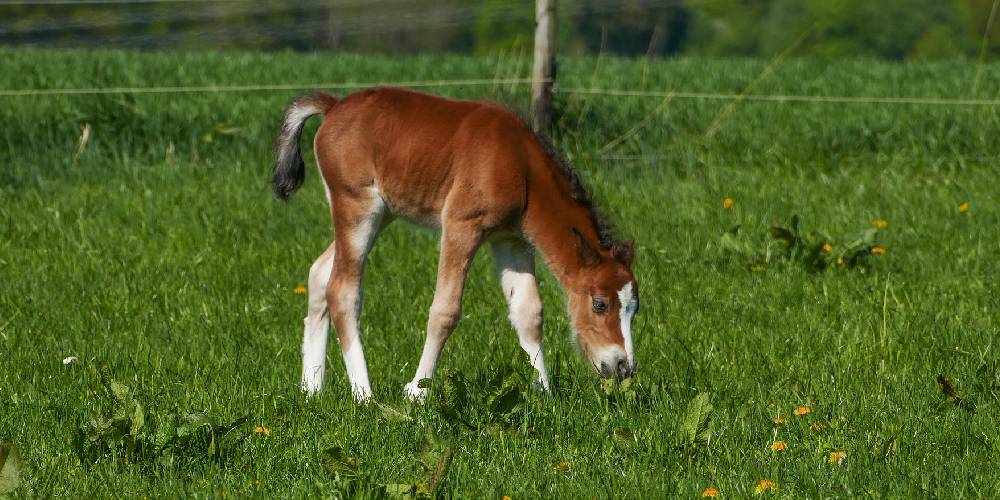
A colt is a term referring to a male baby horse or foal. Male foals can be called colts until they are fully grown (so around the age of 3).
In many cases, colts are castrated before they reach the age of one. If this is the case, the colt will be called a gelding when it reaches adulthood. If the colt is left intact, some may call them a stud colt until they reach adulthood where they are considered a stallion.
Filly
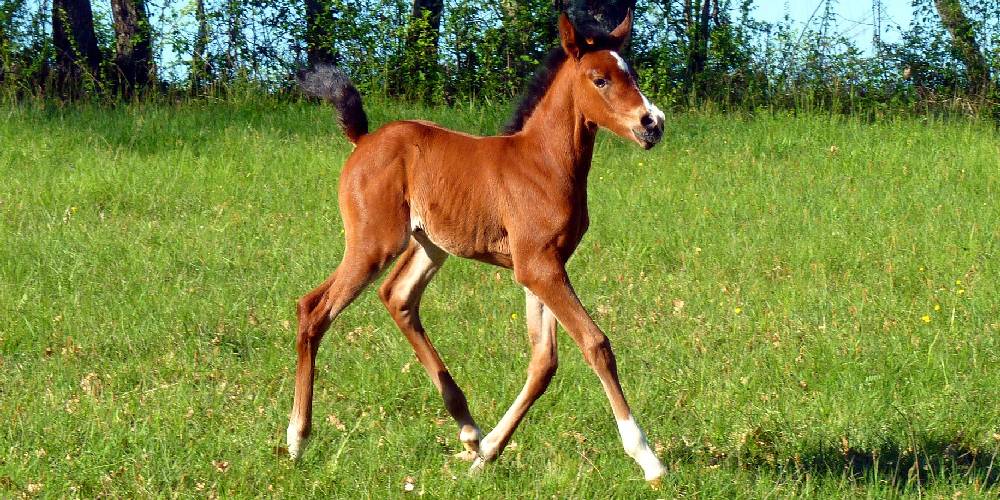
A filly is a term that refers to a female foal (baby horse). Female foals are called fillies until they are three years old or fully grown. Once they are full grown, the female horse will be called a mare instead of a filly.
Weanling
A weanling is a foal that has been separated from its mother. Typically, weanlings are about five or six months old when weaned. Some can even be weaned younger depending on when the foal is done nursing. A foal, before it is weaned, will have started to eat whole foods while still drinking its mother’s milk. They will do this until they become more and more reliant on whole foods rather than milk.
Yearling
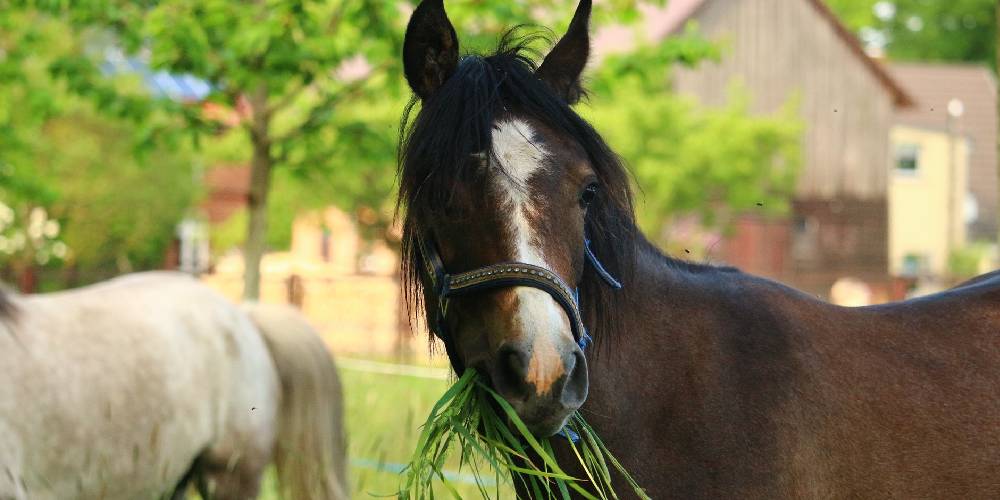
A yearling is a colt or filly that has turned one year old. Yearlings are, at that time no longer with their mothers. They have been weaned for several months and are eating whole foods.
Why Is It Important For Foals to Nurse?
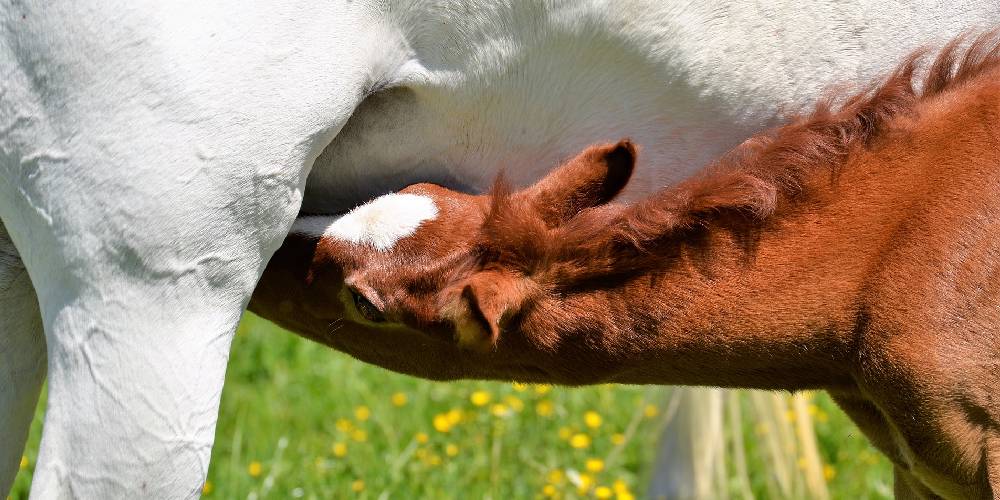
Colts and Fillies alike need to nurse from their mothers for the first few months of their lives. The first time nursing however, is the most important milk a foal can get.
The first milk is called colostrum and it is the milk that contains all the mothers antibodies against viruses, vitamins essential for survival, white blood cells, probiotics, prebiotics, and nutrients that the foal needs to maintain strength and survive.
Without getting colostrum, foals have a significantly lower life expectancy than other foals who got their first milk. Colostrum is essential.
For orphaned foals, there are colostrum alternatives similar to baby formula that you can buy and feed them by using a bottle. Artificial colostrum is no where near as good as real colostrum, but it is better than nothing.
When Do Foals Start to Eat Whole Foods?
Foals will begin to try grass or hay within the first two weeks of life. By the time the foal is two months old, they will have started to eat more and more solid foods as its mother’s milk isn’t enough for the growing baby.
I was able to witness this first hand with a number of foals. The foals seem to copy their mothers and try to nibble on the hay and grass like her, but sometimes they can’t reach the ground because their legs are so long. They end up having to lean down and spread their legs to reach the grass.
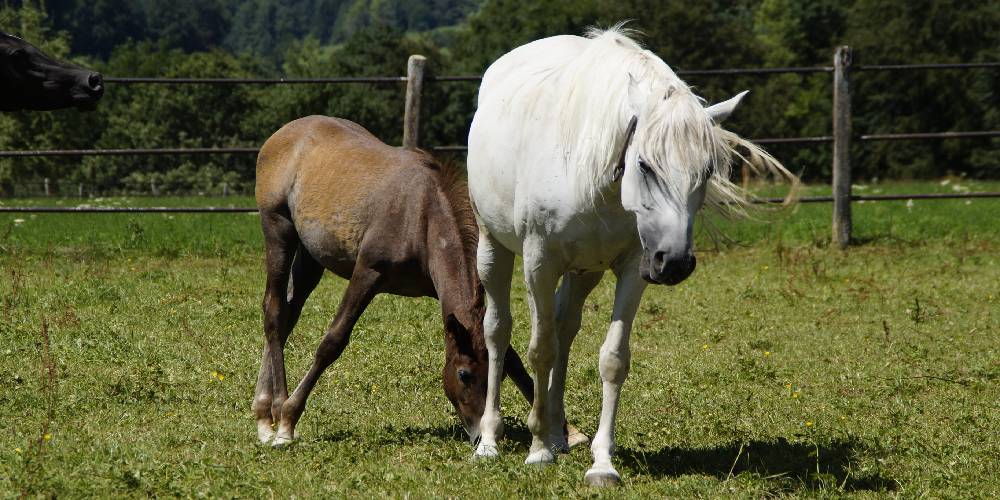
When Do Foals Learn to Stand?
Foals learn to stand within the first hour after birth. This is a survival tactic that has been in their blood for centuries. If a foal is unable to walk, they are much more vulnerable to predators as they won’t be able to run with the herd.
Foals, though shaky at first, eventually learn to walk and stand quickly. By three days old they are already almost able to keep up with their mothers.
Usually mares will lick their foals once they are born to clean them off, warm them up, and encourage them to get up. In the wild, mares will give birth and encourage their foal to walk in a safe and private area. By the next day, the mare and foal are reunited and running with the herd.
When Do Baby Horses Get Teeth?

Foals grow their teeth in around one week after birth. Their first teeth are two front incisors which gives them a cute goofy grin. As the horse ages, they grow more teeth besides just the two in the front.
I talk more about teeth and how to identify a horse’s age in my article titled: “How Long Do Horses Live? Facts on Age and More“
When Are Horses Born?
Horses are typically born at night. This is because in the wild, there is protection from many predators at nightfall and predators typically aren’t hunting at night.
When looking at the time of year, many breeders try to have foals born as close as January as possible. This is because for many breeds, horses officially turn one on the first of January. This means that horse breeders aim to impregnate mares in February or March with insemination in April at the latest.
In the wild, foals are often born in spring and summer so they can grow up and get strong enough to survive the harsh winters in some areas.
Can Foals Be Ridden?
No, colts and fillies are not able to be ridden until they are two or thee years old at the youngest. This is because before a horse can be ridden the cartilage in its knees needs to fuse. If a horse is ridden before the cartilage fuses, there could potentially be permanent and serious injury to the foal.
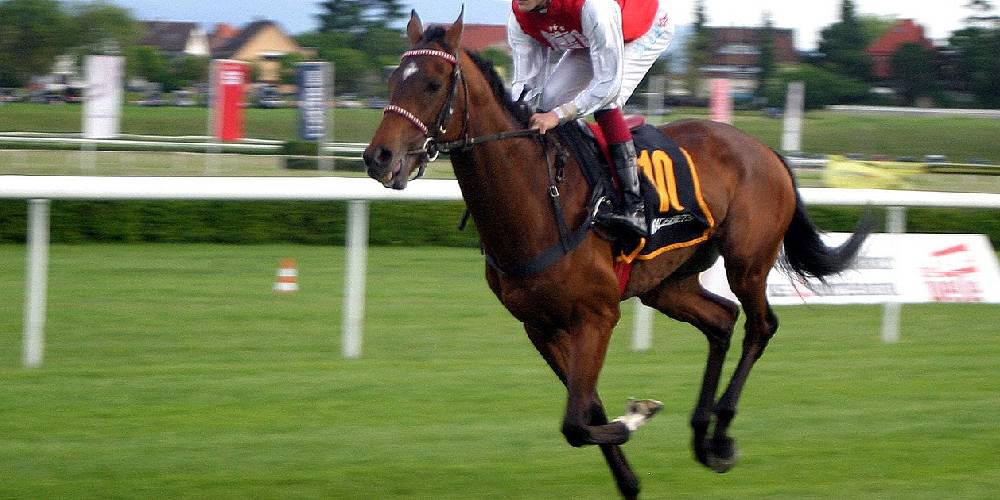
The horses that are ridden at the youngest ages are typically Thoroughbreds. These young horses are often in training to become racehorses.
Sometimes, you can find two or three year old racehorses on the track.

